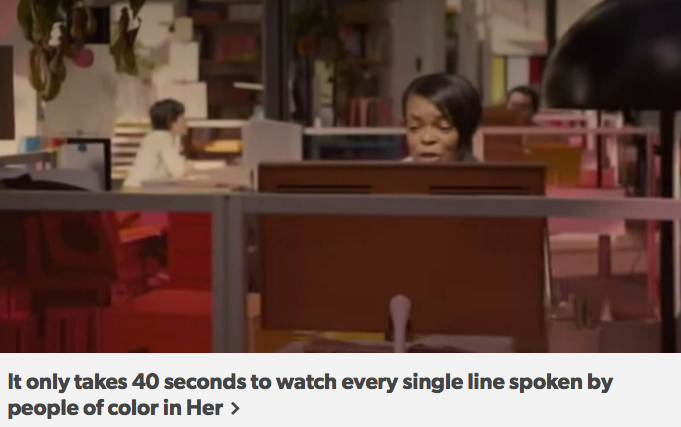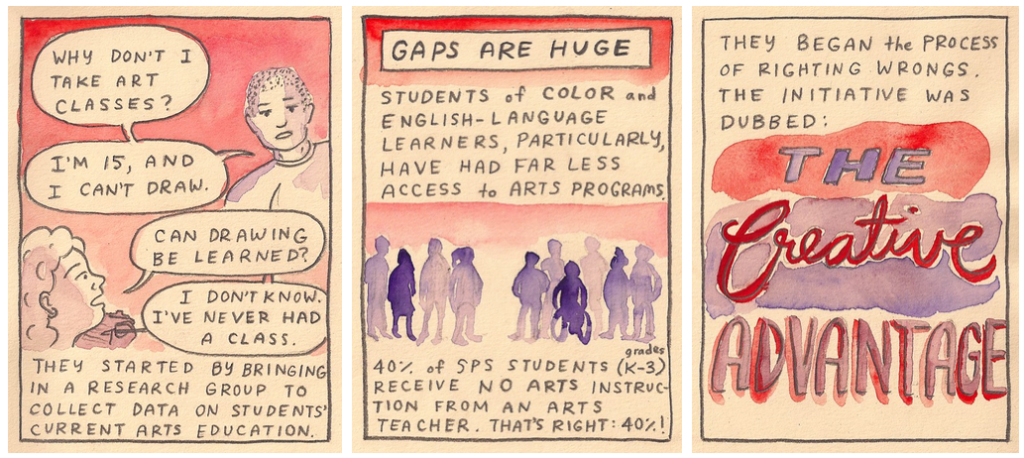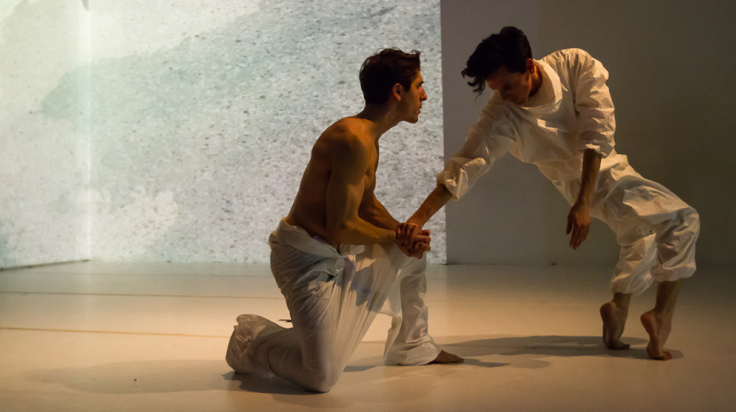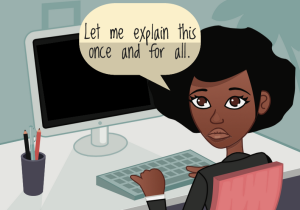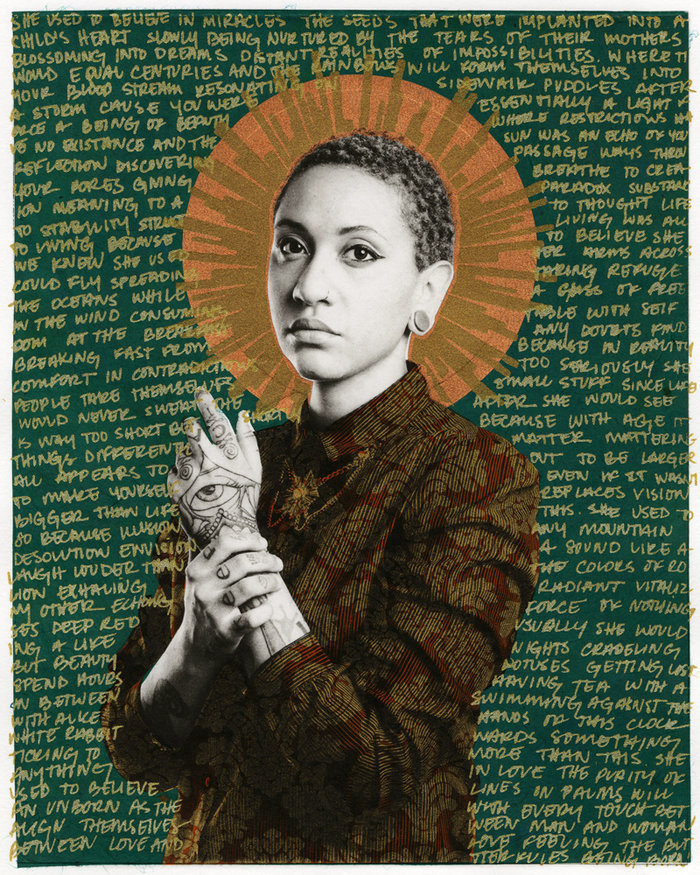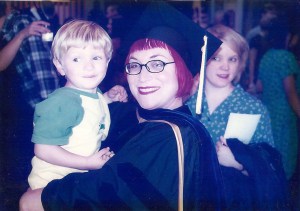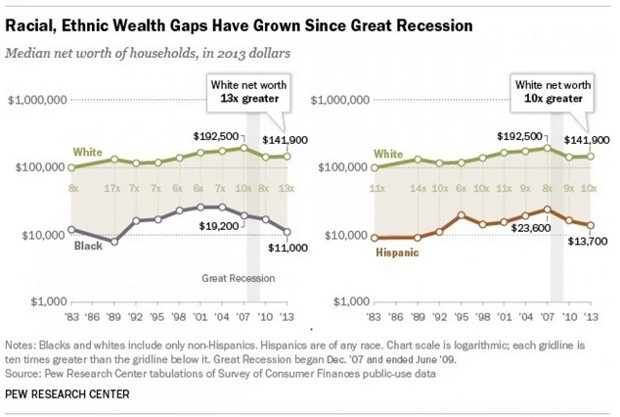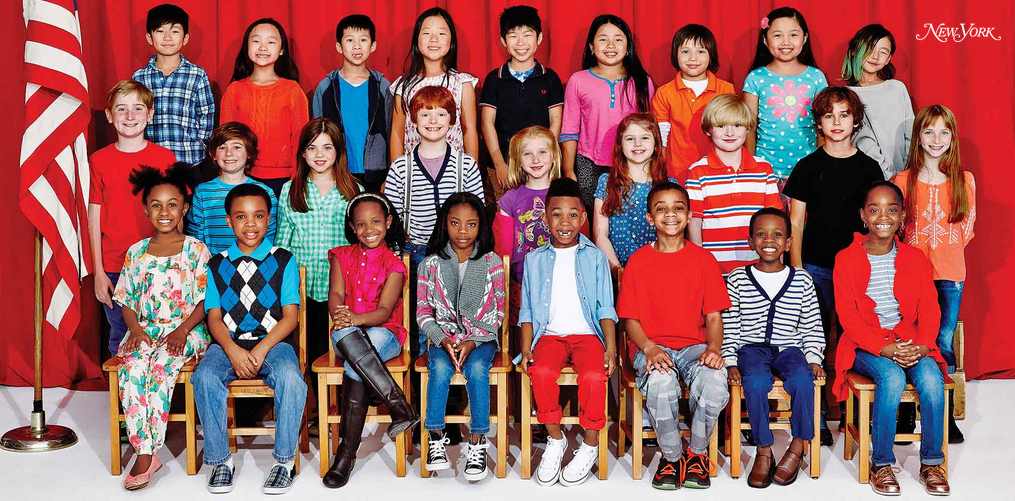Link Roundups feature articles and bits of internet goodness that our dramaturgy team digs up. If you find something you want to send our way, drop us a line on Facebook or Twitter!
♦♦♦♦♦
 CityLab’s recent report on the Martin Prosperity Institute’s project to map connections between cities, inequality, and creative economies around the world is fascinating and has some great maps of the data:
CityLab’s recent report on the Martin Prosperity Institute’s project to map connections between cities, inequality, and creative economies around the world is fascinating and has some great maps of the data:
Capitalism is in transition. It’s pulling away from its previous industrial model to a new one based on creativity and knowledge. In place of the natural resources and large-scale industries that powered the economies of previous centuries, economic growth today turns on knowledge, innovation, and talent. In a new report released Wednesday, my Martin Prosperity Institute colleagues Charlotta Mellander and Karen King and I evaluate 139 nations worldwide on their ability to compete and prosper in this new, creativity-powered knowledge economy.
♦♦♦♦♦
Buzzfeed’s post highlighting the work of Dylan Marron and his Tumblr Every Single Word is a stark look at how far the film industry still has to go before POC are represented equally on screen.
The Every Single Word series urges people to question why movies with such universal themes so frequently feature white protagonists. Marron wants the audience to come up with their own conclusions about the lack of diversity in Hollywood after watching the clips. “I present these cuts without comment and without embellishment,” he said. “As the volume of videos keeps getting bigger, a pattern will emerge. When you lay out patterns in front of people, they speak much louder than any megaphone rant.”
